We notice on Friday at the first site visit there is a lot of fence repair that we must do to contain them in a smaller field first before possibly getting them to go into the corrals which also have to be re-enforced. Several hours of the first day are spent organizing, planning, building, and repairing the containment areas. None of us have worked together before and we all have come with different experiences, successes, and failures from our past rescue efforts. We are struggling to mend fences, raise panels, and create an inviting yet secure area to confine 34 wild llamas which have also bonded with a donkey, ram, and an alpaca. Some of our well-meaning efforts are at cross-purposes of others’ efforts, unintentionally. I think one of the most challenging issues with a llama rescue is that it is always a customized effort for the situation, so each one is like a first -- especially when the team is meeting for the first time. People can be edgy in this stressful situation and there is a lot of work and a lot of patience required. Additionally, this takes a lot of resources and as a 503(c) organization, we are funded by volunteer time and private and donations. We are also dependent upon a local veterinarian to give us approval to move the llamas and we also need to coordinate with the local sheriff’s office.
Our first attempt at about 9 am Saturday at moving the llamas into the large fenced area was fraught with trouble at the beginning. The llamas wanted to go differently than they were known to do and miss the initially proposed open gate all together. They started panicking as they were being pushed towards the corral. The rescue team was not in synch or agreement as to how to comport ourselves or how to coax or react around the llamas. We had a mixed bag of beginners and experience folks. The llamas all bolted away and ran off about a quarter mile down the hill and hid behind the treeline. We learned lessons of routing of least resistance, keeping still and quiet, and the use of herding tape may have improved our chances. A pair of binoculars were needed to see them.
While we waited for a new opportunity, some volunteers walked the fence line and re-enforced openings and revised the entry point to the coral that we hoped made an easier funneling for the llamas. This meant E.T. and other volunteers walking over hundreds of acres. We hoped that we could get the llamas to try again, with less fear of us.
Kent waited about an hour to let them settle down before he went and simply sat down in the field with them He began to slowly coax them out and towards the fenced area. Around 12:30 there was an agreement with the rescue team (aha! Good to set your clocks and agree to a time for movement!) that we would try again to move them into the corral. This time we had more or less a cohesive plan (See Figure 4).
Jonna walked the road to keep the llamas from bolting up the mountain where we would lose them entirely. Jake, Lynda, Pat, Kent, E.T., Greg, and son (7 people!) created a partial circle behind the llamas. Using herding tape to signal the desired direction and a moving pseudo fence line. We slowly started moving the llamas forward. We were quiet, calm, and often stopped to control any panic. I tried to keep the tape spread out among everyone so that it would act as a deterrent for going backwards. However, as they approached the corral, they were very reluctant to enter – but we had them in the larger fenced area closer to the corrals!
As luck would have it, while we are all holding our breath, Donkey was most interested in the hay inside the corral and just ambled into the hay-filled corral and started eating hay – Yay! As several llamas followed, a few felt crowded and started bolting in different directions. A cria to my horror ran right into the herding tape like a clothes line on her neck and fell backwards – she was obviously released to recover and run off. I think we lost 4 of them in that moment. The large black female who seemed to be a leader was now facing me. She went high toward the treed area instinctively knowing she had the advantage among the aspens which was also near the road that was another escape route. We both darted and countered each other, eye-to-eye. She was stunningly beautiful, agile, and powerful. I can’t match her of course, and finally she bolts past me to her freedom. We lose her and one or two others. But wait, at the other end of the scene, I see another situation. One of the crias is running around in a panic, can’t find its mother, and is jumping around challenging the fences and panels. She finds a weak spot and manages to push down some cattle panel and climb out (5 1/2 ft. tall). Then a large female sees another small opening that she can clear – a small space only 4 ft. high, and over she sails. Two more lost.
But the best news is that in the end, we have 30 animals in the corral: 27 llamas, a sheep, an alpaca, and a donkey! We are all hoping no more will jump out. We let them settle in for the evening with the remains of two hay bales (See Figure 5).
Separating the males and females was another stressful time. It caused a lot of commotion and there was even a mutiny by the males who all powerfully pushed the line of panels separating them from the females and manage to rejoin the females. So, we started over to get the females in the front catch pen to load up for our sanctuary in Kerrville TX run by Baxter. Jonna who needed to get back to Houston has been delayed an extra day already and the vet was still nowhere to be seen – a requirement to move these llamas across the country is a vet check. We anxiously wait for the go–ahead to trailer the llamas as there is a very long ride for the females and crias not to mention our kind volunteers needing to get home. Finally, the vet comes and spends 5 -10 minutes to draw up paperwork and we are good to go. Loading takes patience as the llamas learn for the first time how to get into a trailer and to trust it enough to walk into. The hard work is only partly done as we get the females and crias loaded. There are still the males and the family of llamas and donkey that Gayle is keeping that are all going into Gayle’s trailer.
Anyone interested in assisting with rescues, adoptions, or foster care, please let us know. We are on Facebook, Southwest Llama Rescue and our web site is www.southwestllamarescue.org. Please look us up Southwest Llama Rescue, Inc. and consider helping us with future llama rescues by volunteering or donating. Rescues are expensive to conduct and then the llamas are treated and cared for in our sanctuaries and foster homes. We carefully vet potential adopters for forever homes and have grown a community of loving llama caretakers with our llama adoptions, mentorship and information sources. Our mission is to ensure llamas are cared for and not auctioned, euthanized, neglected, or abused. We need your help to be able to continue our mission and are seeking all kinds of assistance.
Next time – Part Two – Saving the Rest. (See Figure 7).
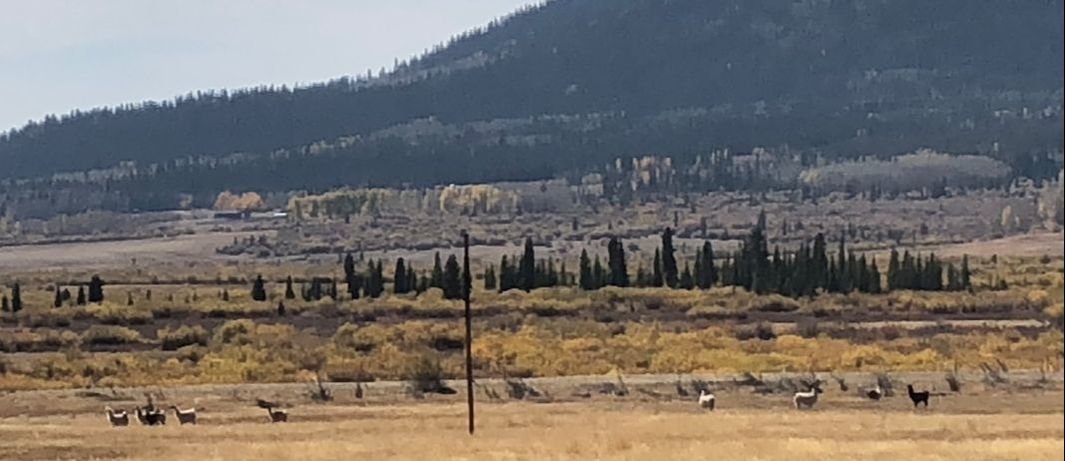
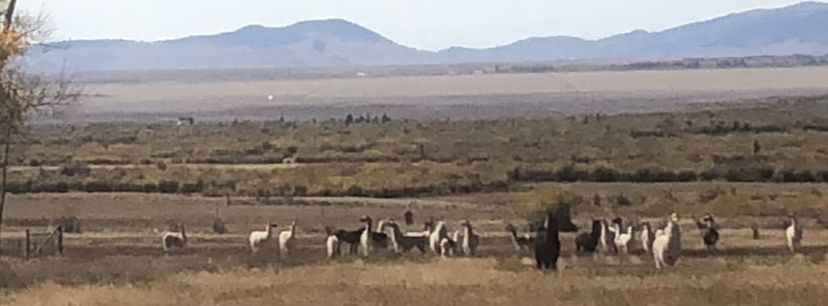
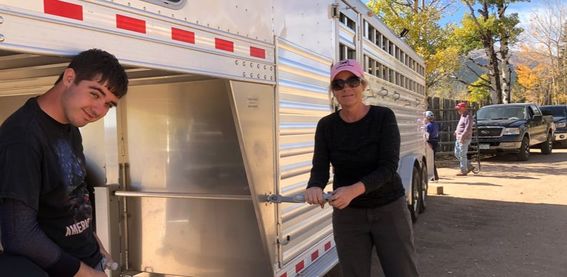
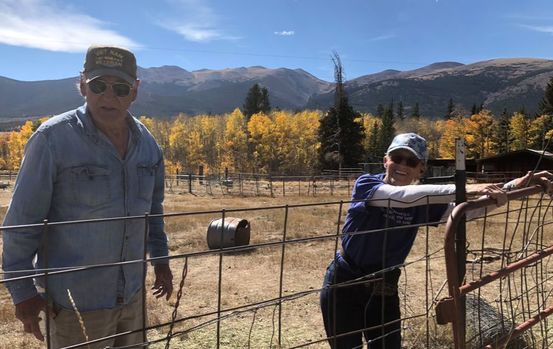
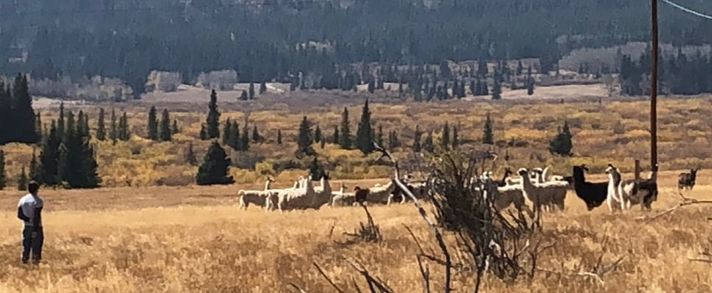
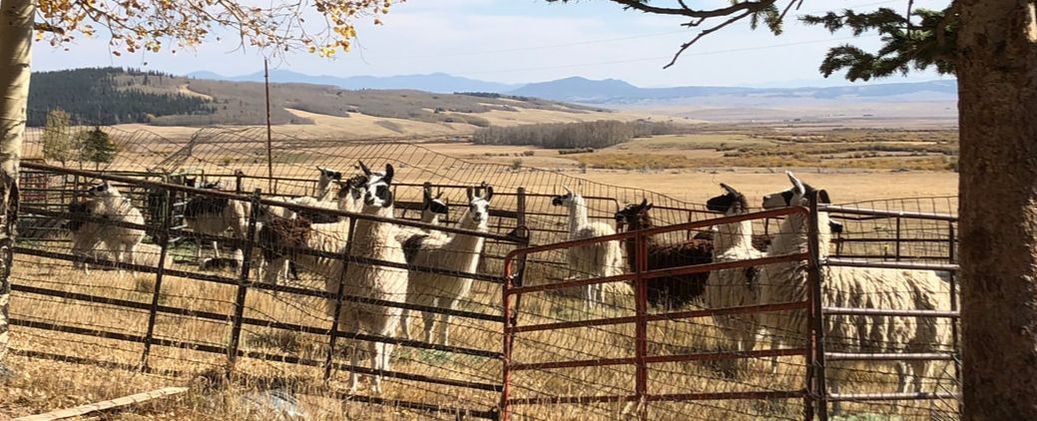
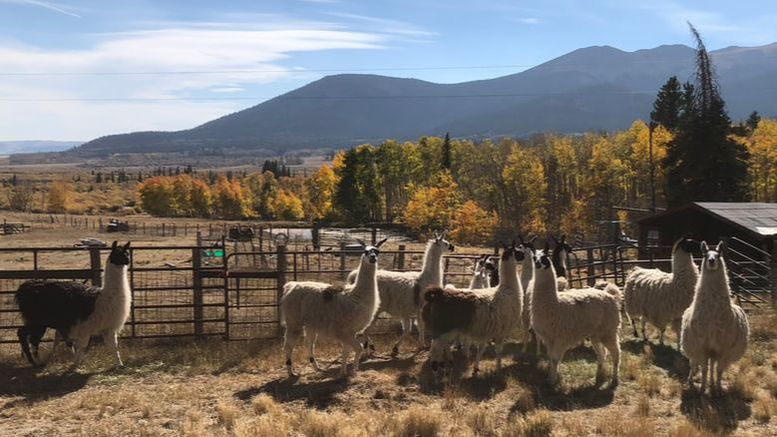

 RSS Feed
RSS Feed